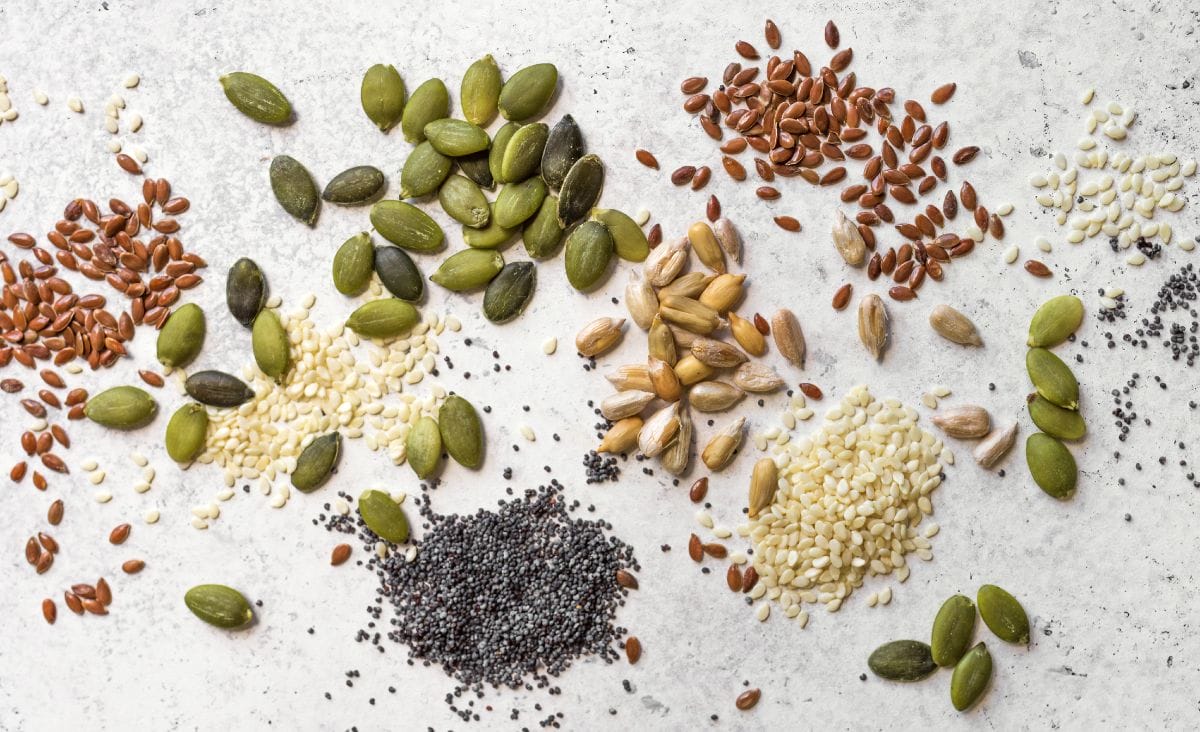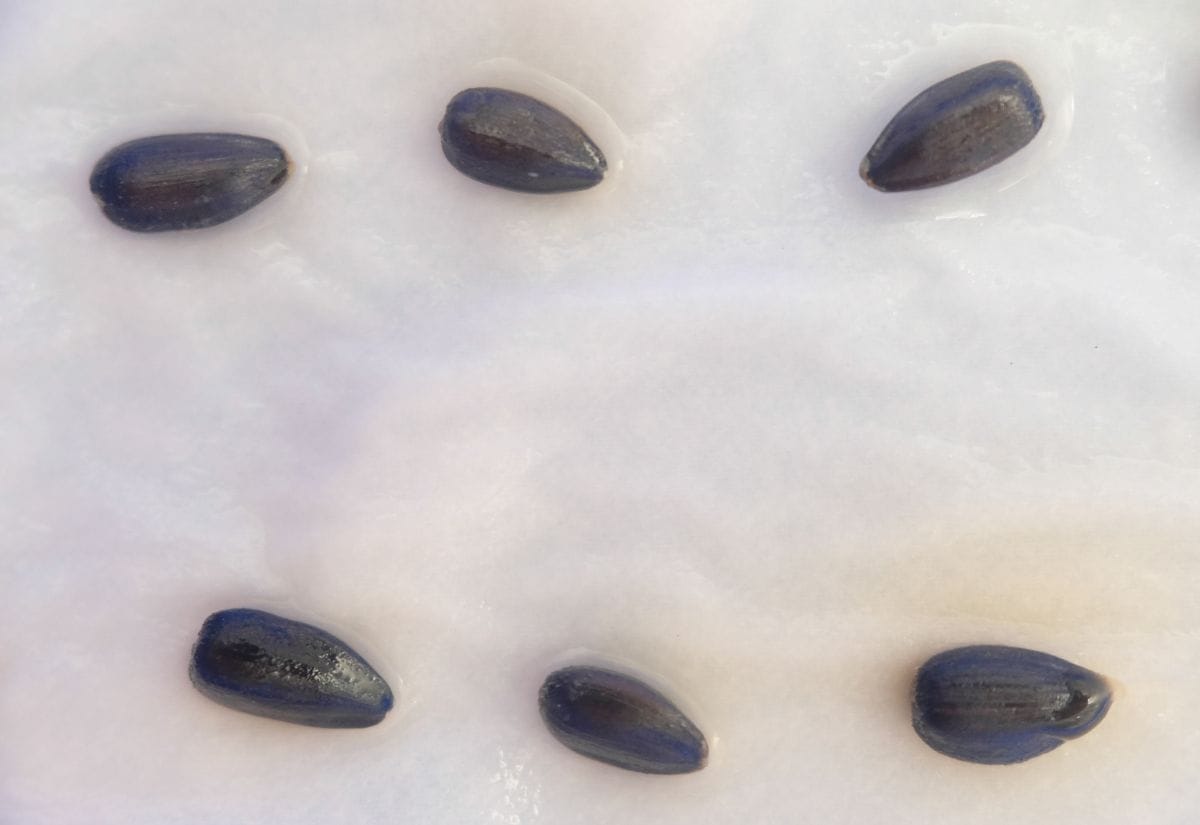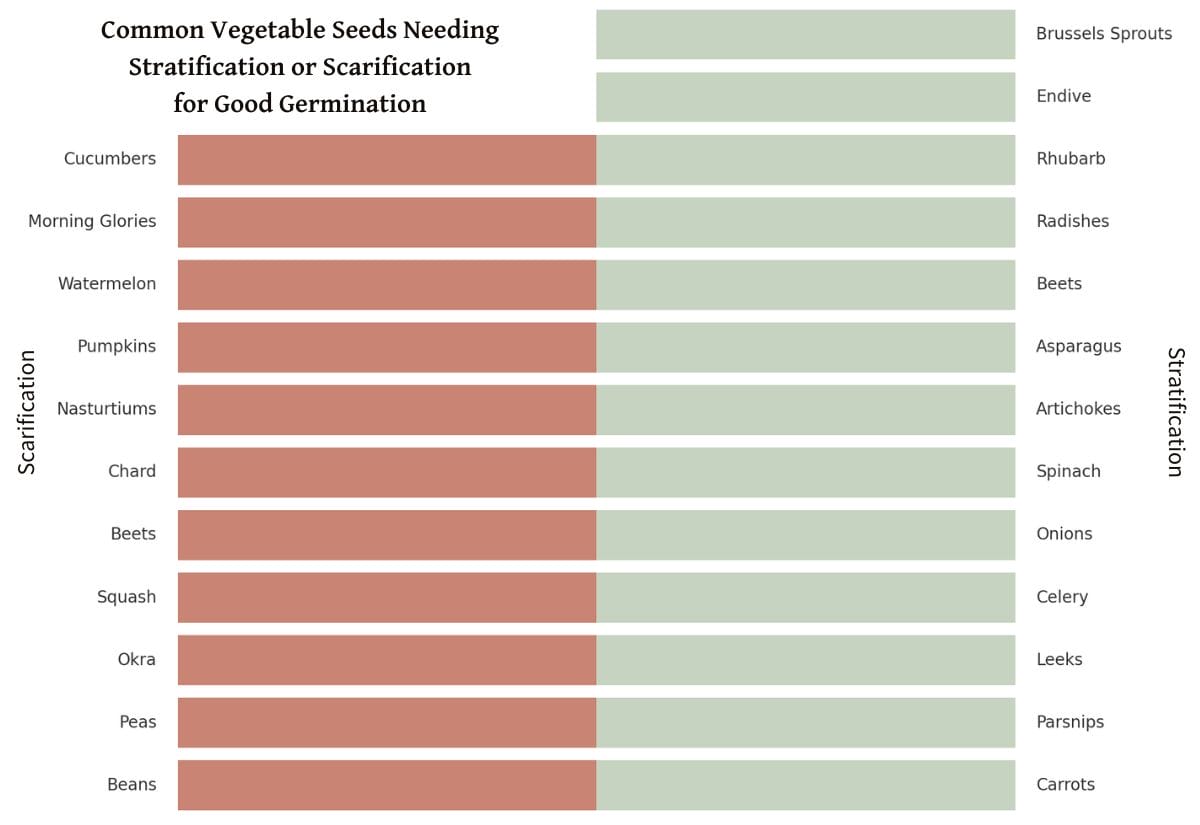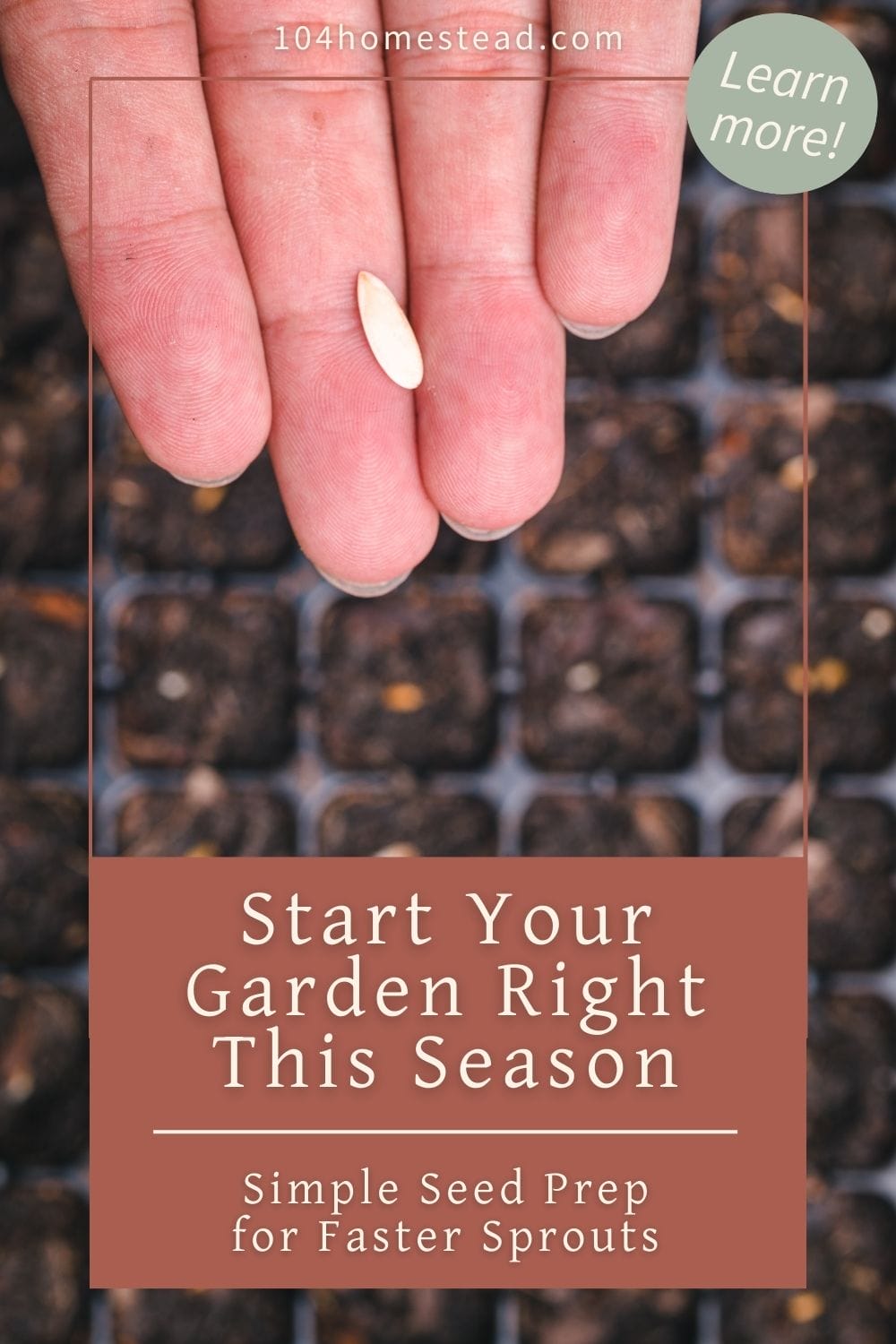Seed Germination: Stratification and Scarification Explained
Unlock better germination rates by learning how to use stratification and scarification to prepare vegetable seeds for planting success.

Have you ever planted seeds with high hopes, only to be disappointed when they never sprout? It can be frustrating to wait weeks without seeing any signs of life. Fortunately, understanding simple seed treatment methods like stratification and scarification can significantly improve your germination success.
Certain seeds need a little extra help to break dormancy and begin growing. In this post, I’ll explain what stratification and scarification are, why they’re important, and how to apply these techniques to vegetable seeds for a thriving garden.
What Are Stratification and Scarification?
Some seeds have natural dormancy mechanisms that need to be overcome to trigger germination. This is where seed treatments like stratification and scarification come into play, providing the right conditions to break dormancy and encourage healthy growth.
Stratification: Mimicking Nature’s Seasonal Changes
Stratification is the process of simulating natural winter conditions to break seed dormancy. Many seeds, especially from temperate climates, need a period of cold, moist conditions to signal that it’s safe to grow. Without this process, these seeds may remain dormant and fail to germinate.

Types of Stratification
Cold Moist Stratification: Involves exposing seeds to cold, damp conditions, typically in the refrigerator.
Warm Moist Stratification: Used for seeds that need warm, damp conditions before they can sprout.
Common Vegetable Seeds That Need Stratification
- Carrots
- Parsnips
- Leeks
- Celery
- Onions
- Spinach
- Artichokes
- Asparagus
- Beets
- Radishes
- Rhubarb
- Endive
- Brussels Sprouts
How to Cold Stratify Seeds
- Mix seeds with a small amount of moist sand, peat moss, or paper towel.
- Place the mixture in a sealed plastic bag or container.
- Store in the refrigerator (33–41°F) for 2-8 weeks, depending on the seed type.
- Check periodically to ensure moisture is maintained but avoid excessive wetness.
Scarification: Breaking Down Tough Seed Coats
Scarification is the process of physically or chemically weakening a seed’s outer coat to help it absorb water and oxygen—two essentials for germination. Some seeds have hard shells that naturally wear down over time in the wild, but gardeners can speed up this process.

Methods of Scarification
Mechanical Scarification: Gently rubbing seeds with sandpaper or nicking them with a knife.
Hot Water Scarification: Soaking seeds in hot (not boiling) water to soften the outer shell.
Chemical Scarification: Using mild acids, like vinegar, to break down tough coatings (less common for home gardeners).
Common Seeds That Need Scarification
- Beans (especially older seeds)
- Peas
- Okra
- Squash (occasionally)
- Beets
- Chard
- Nasturtiums
- Pumpkins
- Watermelon
- Cucumbers (sometimes)
How to Scarify Seeds
- Mechanical: Lightly rub seeds with fine sandpaper until you see a slight color change.
- Hot Water: Soak seeds in hot water (about 180°F), then let them cool and soak overnight.
- Chemical: (Use with caution) Briefly soak in a diluted acid solution, then rinse thoroughly.
When and How to Treat Vegetable Seeds
Not every seed requires pre-treatment, but understanding which seeds need extra care can make all the difference in your garden’s success.
When to Use Stratification
- Cool-Weather Crops: Apply cold stratification in late winter or early spring for carrots, parsnips, and celery.
- Perennial Vegetables: Some perennial vegetable seeds need stratification to sprout in spring.
When to Use Scarification
- Hard-Shelled Seeds: Apply scarification just before planting beans, peas, and okra.
- Older Seeds: Use scarification to improve germination rates for older seed stock.

Common Questions About Stratification and Scarification
Some seeds, like peas and beans, can benefit from a simple water soak if scarification feels intimidating. Soaking seeds in lukewarm water for 8–12 hours helps soften their seed coats, making it easier for moisture to penetrate and trigger germination. This method is especially effective for seeds that don’t have extremely tough outer shells but still need a little encouragement to sprout.
Pin and grow! Your garden will thank you!

Understanding and applying stratification and scarification can dramatically improve your seed germination rates, leading to a more productive and satisfying garden. By mimicking natural processes, you’re giving your seeds the best start possible.
Before you start prepping your seeds, make sure you’re fully equipped for success! Understanding how to read and interpret seed packets can help you choose the right seeds for your garden. If you’re a beginner, starting with easy-to-grow vegetables can build your confidence. For those looking to get a head start, winter sowing is a great way to naturally stratify seeds. And if you’re starting seeds indoors, discover how LED lights can provide the perfect growing environment for your seedlings.
Have you ever tried stratifying or scarifying your seeds? Share your experience in the comments below—I’d love to hear what worked for you!




